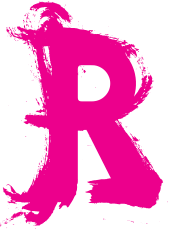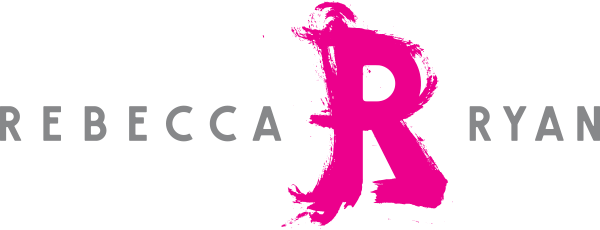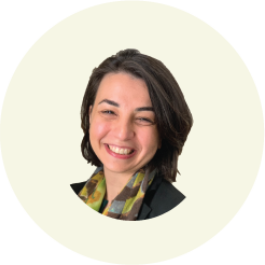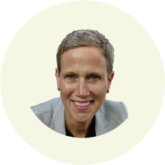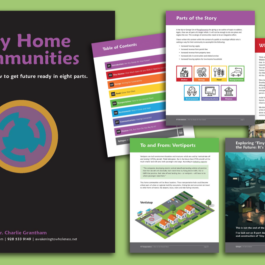What are the top 10 trends for the next ten years? Download the report here.

Photo by Laura Gerwin, NSF, https://photolibrary.usap.gov/PhotoDetails.aspx?filename=emperor-penguin-molting2.jpg
Penguin molting is not graceful, nor comfortable. The idea is simple; out with the old (or current) and in with the new. This is easier said than done. While most birds molt a few feathers at a time, akin to incremental change, penguins go through “catastrophic molting.” That is, they shed and renew almost all at once, akin to disruptive change. Or exploding pillows.
In some ways, this demonstrates the Three Horizons Framework, where the first wave of change (Horizon 1) represents current paradigms, assumptions, data, and infrastructure that are on their way out. In contrast, the third wave of change (Horizon 3) challenges Horizon 1 and represents emerging paradigms, ideas, and innovations. Horizon 2 refers to a wave of change marked by incremental adjustments and transformation experiments that shift us from Horizon 1 and Horizon 3.
Behold Rebecca’s craft project visualizing this framework:
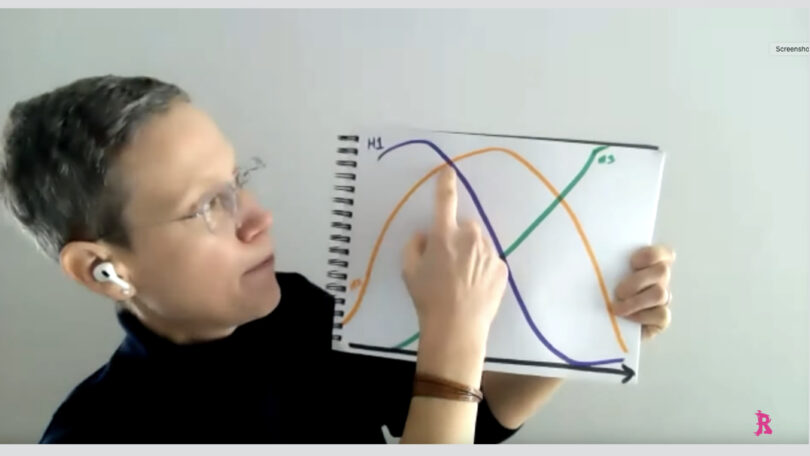
Horizon 2 can happen to you by inaction or force. Molting, for example, is not voluntary or uncertain. Periodically nature says it’s time and penguins get it done in certain ways.
Luckily, you are not a penguin. You can choose to shape Horizon 2, when and how it happens. The second horizon is an opportunity to discard the old and take practical steps to create something new using emerging changes as building blocks. This is the time for intra- and entrepreneurship. Rebecca and I call it the “messy middle” because much of it takes hard work, experimenting, and room for failure learning.
A general process to drive Horizon 2
One way to get through the messy middle is to brainstorm, choose, and successfully execute a series of kick-ass projects like domino pieces that help you challenge Horizon 1, establish a basis for scaling up tested and proposed changes, and build a path to Horizon 3.
Here are the steps you can use, heavily inspired by the Strategic Doing approach I shared previously:
Develop a generative question that speaks to Horizon 3 of your chosen domain (more on this below).
Identify your existing and emerging assets that could help answer that question.
Brainstorm many ideas that combine 2+ assets and answer that question. If you have ever looked into your fridge, assessed the inventory, and made a meal from your available ingredients, then you've done this step.
Pick the top 3-4 ideas and identify the “Big Easy” among them (the idea that your team thinks has the highest impact AND is the easiest to accomplish).
Confirm the winning idea based on your energy and excitement for it. If it doesn't elicit a "Hell, YES!" reaction, then find one that does.
Flesh out the idea into a simple, one-page actionable plan for a pilot project. Consider this project the first in a series of dominos.
Pursue a series of Big Easy projects that build on each other and keep your effort growing in impact, scale, and support.
The first of these steps takes some practice and work. Let’s dive deeper into it.
What’s a generative question?
A generative question stimulates new knowledge and creative thinking. What does such a question look and feel like? According to Strategic Doing, it has all three of these features:
The question is tailored to the issue you’re trying to address AND accepts a wide range of answers.
For example, what do you get when you combine two pieces of bread with some slices of meat? Presumably, most people would answer with “a sandwich,” and we can typically think of only one answer to this question.
Now try this question instead: What combination of things results in a sandwich?
This question does not define the number or types of sandwich components, so it doesn’t give you a hint on what and how to assemble it.
It does keep the question tailored to my original outcome of interest (a sandwich). It does not overly broaden the question with something like “what combination of things results in something edible?”
Because of this re-write, this question allows us to define what the outcome itself exactly looks like (e.g., is it open-faced or a lettuce sandwich? Hot or cold? Sweet or savory? Vegetarian or meat?). As long as it’s something that looks and feels like a sandwich, we’re successful. So it’s easy to think of a wide range of answers to this question
The question focuses on strengths, possibilities, and successes.
The default problem-solving approach tends to ask questions like these: What’s wrong? Why’s it hurting? How can I make it better? Who can help?
Compare it with this alternative approach: Can you shift your legs? Would you like to hold my hand and have me support your back? Can you push yourself into a sitting position? Are you ready to stand up?
Can you tell the difference? The former set is generally deficit- or problem-oriented. Questions like that are useful. They create clarity. They save lives. There is a time and place for them.
The latter, however, focuses on existing assets and opportunities to figure out what we could do to get more of what we want. It takes a positive and appreciative approach, also known as appreciative inquiry. This kind of question is not well-suited for the emergency room or issues that have known, effective solutions (I just need a piece of chocolate and a hug, okay?!). But it is useful when, for example, you’re looking to nurture collaboration, excitement, resourceful thinking, and a shared sense of ownership of the outcomes.
The question invites curiosity and engagement.
Even if you think your question is the most interesting one on the planet, you need to make sure or tweak it so that your brainstorming partners feel similarly excited about it. Luckily, it is often possible to approach an issue from multiple perspectives; pick one that resonates the most with you and your fellow brainstormers. Here is a TED talk demonstrating how to, for example, redesign math questions so that they still fulfill their objective (practice reasoning) and become more attractive, meaningful, and engaging to students.
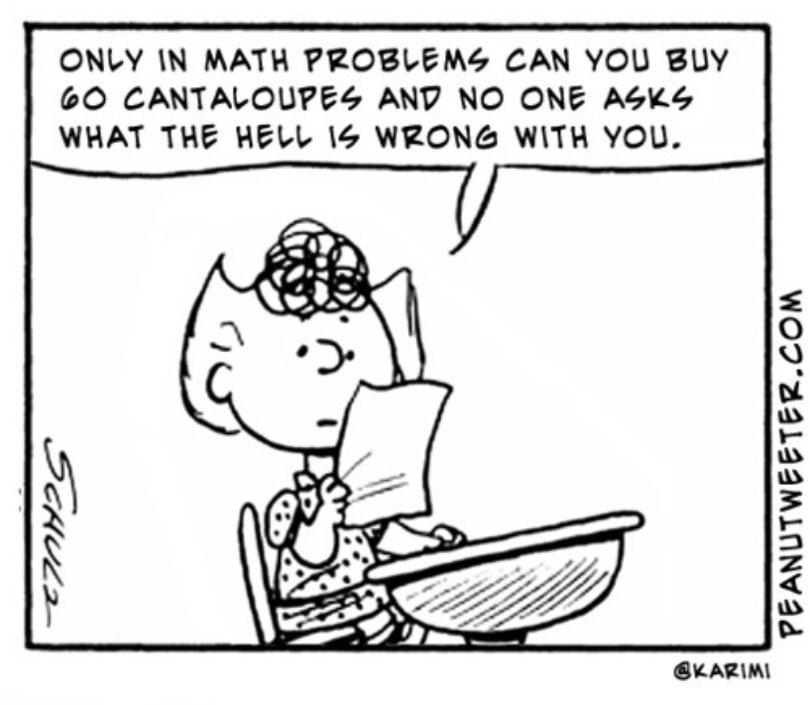
From strategic priority to generative question
My typical challenge is to convert strategic priorities into generative questions that meet all of the characteristics above. In the strategic foresight process, this is how teams can shift from planning for the future to creating it. You, yourself, might be starting from a different point, maybe a problem-oriented question, a general topic, or a blank page.
In any case, writing a generative question involves experimenting with alternative phrasings and word choices, and collecting feedback from others. This is not a simple or straightforward process like using a boxed cake mix or paint-by-numbers. I recommend that you keep every iteration of your question; you might wish to adopt parts of them in later iterations. It’s also useful to record the question evolution if people wonder why and how your chosen generative question is related to the original issue.
Still, experimentation can be structured. What follows is a list of steps you can remix, use and adapt to draft and refine your own generative question for brainstorming. How do you know when you’re done? It’s a bit of an “I’ll know it when I see it” situation. I’ll use multiple examples to demonstrate different rewriting needs. Just keep in mind, there is no single right answer for each step.
Step 1: Pick the domain you wish to address. What’s your vision for it?
Write a single sentence -- not a question yet -- that spells out 1) a domain and 2) a vision for it. What is it that you’re trying to create? Phrase it like a To-Do list item. This sentence represents something positive in Horizon 3.
Here are three examples that specify a domain and a vision for it:
- Leverage technological advances to increase the efficiency, effectiveness, and reach of our services. In this example, the domain is “our services,” and the vision is “efficient, effective, and accessible services.”
- Support equitable access and use of multi-modal forms of transportation. The domain is “multi-modal transportation,” and the vision is “equitable access and use of it.”
- Invest in our employees’ professional development for succession planning. The domain is “succession planning” or “employee professional development” (depends on what exactly you want to focus on), and the implied vision is “successful successions.”
Step 2: Define the start and the end.
Choose one of the following three options and fill in the blank using your sentence from Step 1:
Imagine that_________________________. What would that look like?
What if______________________________. What would that look like?
How might we________________________. What would that look like?
For example:
Imagine that technological advances increase the efficiency, effectiveness, and reach of our services. What would that look like?
What if access and use of multi-modal forms of transportation were equitable? What would that look like?
How might we invest in our employees’ professional development for succession planning? What would that look like?
In the remaining steps, we’re going to revise the first half of each example. The second half (“What would that look like?” or “WWTLL” for short) will not change and is part of your finalized question.
Step 3: Eliminate solutions embedded into the question and focus on desired outcomes.
You’re going to remove those, right? Look for phrases that seem to dictate already how to achieve the outcome. Rewrite your sentence to eliminate those embedded answers to the “how” and instead focus on the “what” you want to have more of (desired outcomes). Otherwise, you’ll have what’s known as a suggestive question - the kind that limits your solution space or answer options. After all, if you already know how to do it, why are you writing a generative question for brainstorming?
Example 1:
Before: Imagine that technological advances increase the efficiency, effectiveness, and reach of our services. WWTLL?
After: Imagine that our services were efficient, effective, and reached everyone. WWTLL?
I removed “technological advances increase” because it suggests how to achieve the desired outcome, which is efficient, effective services accessible to all.
Example 2:
[no change] What if access and use of multi-modal forms of transportation were equitable? WWTLL?
I made no changes to this one because it does not specify how to achieve the desired outcome, equitable access and use.
Example 3:
Before: How might we invest in our employees’ professional development for succession planning? WWTLL?
After: How might our employees consistently succeed in succession planning? WWTLL?
I removed “invest in employees’ professional development” because it specifies how to achieve the desired outcome, which is successful successions.
Step 4: Write from the perspective of the beneficiaries.
Whose perspective do you represent in your question? Did you write it from a top-down view, as a manager or administrator? Or did you take a bottom-up perspective, as the people whose lives you’re trying to improve? I recommend the latter, to make the question more relatable and meaningful. Put yourself into their shoes and repeatedly ask “so what?” about the original sentence to help you rewrite the question.
In some cases, it took me several iterations to arrive at the “after” examples below. I’ll show you my intermediate drafts as well so you can follow the conversion more closely.
Example 1:
Before: Imagine that our services were efficient, effective, and reached everyone. WWTLL?
Intermediate: Imagine that finding and using our services felt efficient, effective, and accessible to users. WWTLL?
After: Imagine that finding and using relevant services was helpful and straightforward for all. WWTLL?
In the ‘Before’ version, words like “efficient,” “effective,” and “reach” to me suggest the perspective of a service provider with metrics focused on the process. In my revision, I tried to use words that together convey similar ideas about the desired outcome but sound more like words that potential service users/beneficiaries would use.
Example 2:
Before: What if access and use of multi-modal forms of transportation were equitable? WWTLL?
Intermediate: What if access and use of multi-modal forms of transportation felt fair and inclusive? WWTLL?
Intermediate: What if everyone found it easy to access and use multi-modal transportation? WWTLL?
Intermediate: What if access and use of mobility options were equitable? WWTLL?
Intermediate: What if everyone found it easy to get to where they needed and wanted to go? WWTLL?
After: What if exploring and getting across town was easy for all? WWTLL?
“Multimodal transportation” is cool stuff. It’s also abstract and formal and the “Before” question is centered on the technology. With this rewrite, I focused on outcomes from the perspective of everyday people who would use whatever means of transportation.
Example 3:
Before: How might our employees consistently succeed in succession planning? WWTLL?
After: How might current and future staff successfully take on new roles and responsibilities? WWTLL?
To me, “succession planning” seems abstract and formal and the question is written from the top-down (“our employees”). In my rewrite, I minimize a sense of hierarchy or ownership.
Step 5: Bring in the feels and inspo.
Look for opportunities to push your draft question further in terms of how open and inspiring it feels. What phrases and analogies can you use to inspire greater creativity and imagination?
Example 1:
Before: Imagine that finding and using relevant services was helpful and straightforward for all. WWTLL?
After: Imagine that finding and using relevant services inspired joy and empowerment for all. WWTLL?
Example 2:
Before: What if exploring and getting across town was easy for all? WWTLL?
After: What if exploring and getting across town was as seamless as transferring data from one iOS device to another, for all? WWTLL?
Note: The analogy here gives an idea of what the experience is like, not directly describing the solution itself. I recently went through this technology experience and was wowed by how simple and easy and fast it was, so to me this analogy is meaningful.
Example 3:
Before: How might current and future staff successfully take on new roles and responsibilities? WWTLL?
After: How might we nurture leadership skills and caring for our firm’s future among all our staff? WWTLL?
To do this fifth step, you may need to step away and come back with fresh eyes. Maybe you’ll find it helpful to read or listen to a good piece of oratory to get linguistic inspiration. Or take your draft question to a friend or colleague who is a closet poet.
Tadaa
To recap, here is where I started and ended with this process of transforming a strategic priority into an example generative question. The ‘After’ examples are tailored to the original domain and accept a wide range of answers. They also focus on strengths, possibilities, and successes, and invite curiosity and engagement. Are these the best possible, finalized generative questions for these examples? That depends on the individuals you’re inviting to brainstorm together.
- Before (Strategic Priority): Leverage technological advances to increase the efficiency, effectiveness, and reach of our services.
- After (Example Generative Question): Imagine that finding and using relevant services inspired joy and empowerment for all. What would that look like?
Example 2:
- Before: Support equitable access and use of multi-modal forms of transportation.
- After: What if exploring and getting across town was as seamless as transferring data from one iOS device to another, for all? What would that look like?
Example 3:
- Before: Invest in our employees’ professional development for succession planning.
- After: How might we nurture leadership skills and caring for our firm’s future among all our staff? What would that look like?
The bigger picture
Getting through the messy middle -- Horizon 2 of the Three Horizons Framework -- is much more than a To-Do list or a strategic plan, or a series of metaphorical domino pieces. Perhaps the best way to think about what it is and how to get through it is articulated by IFTF’s Marina Gorbis in “Five Principles for Thinking Like a Futurist”:
Moving from the old to the new curve requires one to behave like an immigrant. I am an immigrant to this country, and I strongly believe that we are all immigrants to the future. We are all moving somewhere new, so it is good to have the mindset of an immigrant. When you're an immigrant, you must learn a new language, a new culture, a new way of doing things. These are exactly the attitudes and skills we need to bring to thinking about and shaping our future. We must be open to learning a new language, a new culture, a new way of doing things.
The messy middle offers us the challenge and the opportunity to use the skills of intra- and entre-preneurs to immigrate into the future. You can go about this using generative questions and Strategic Doing, and many other ways. How ever you do it, start with a vision or question that feels inviting to potential allies, leverage existing and emerging resources and strengths, and take a cue from Hamilton, the musical: It's time to take a shot, and I am not throwin' away my shot.
Recording:
This article is based on Part 3 of the Futures Friday Navigating the Messy Middle series. The recording is available at https://youtu.be/pfS5jbFJdOo.
If you enjoyed this post, please subscribe to our newsletter.

Yasemin Arikan
Yasemin (Yas) Arikan operates the research vessel. She is a futurist who uses foresight and social science methods to help clients understand how the future could be different from today and then use these insights to inform strategy and vision. Her work includes developing scenarios on the futures of public health, health care, society and technology for associations, foundations, government, and business. Bonus: Yas can help you take your gift wrapping game to the next level. And she can talk with you about it in English, German, or Turkish. Watch Yas' Q&A on how NGC helps organizations prepare for the future using Strategic Foresight.
Yasemin Arikan Promoted to Director of Futures Research
NEXT Generation Consulting (NGC) announced the promotion of Yasemin Arikan to Director of Futures Research. Arikan will lead the company’s efforts to...
Is Your Housing Market Ready for Your Future?
One of the biggest problems facing many cities and towns is inadequate housing. This problem is most acute for seniors, veterans with disabilities, and low-income groups ...
Three Things Martha Stewart Gets Right About Return to Office (RTO)
The original influencer and the person who invented the "Home" retail category, Martha Stewart, became the latest CEO to tell employees to get back to the office five day...
